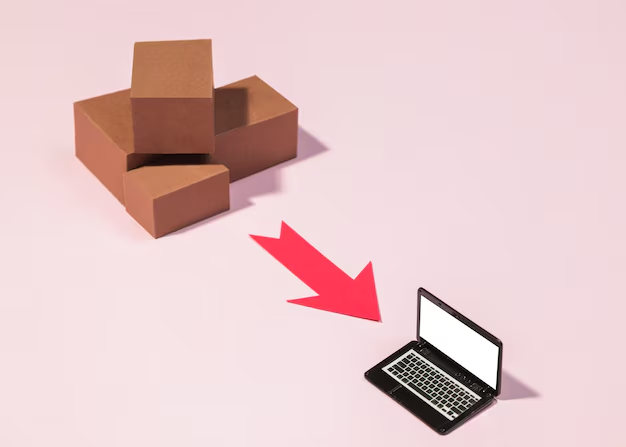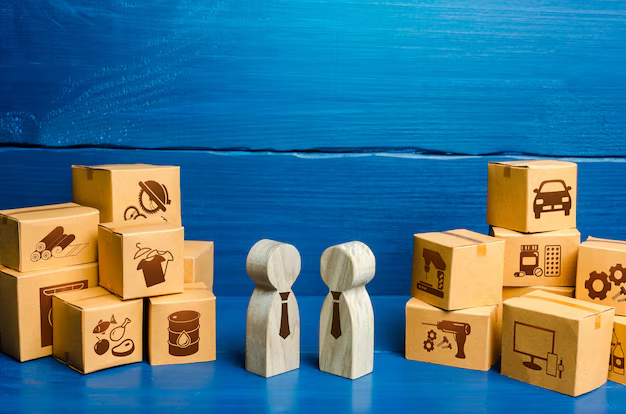In today’s rapidly evolving marketplace, entrepreneurs face a critical decision: should they invest in a digital e-commerce platform or establish a traditional brick-and-mortar store? Both approaches have distinct advantages and challenges, and the right choice depends on various factors, including target audience, product type, and long-term goals. This article delves into the key aspects of both business models to help you make an informed decision.
Advantages of E-commerce
- Global Reach
E-commerce platforms enable businesses to reach a worldwide audience, breaking geographical boundaries. A well-optimized website or app can attract customers from virtually any corner of the globe. - Cost Efficiency
Without the need for physical infrastructure, e-commerce businesses save significantly on overhead costs like rent, utilities, and in-store staffing. - 24/7 Availability
An online store never closes, allowing customers to shop at their convenience. This boosts sales potential and improves customer satisfaction. - Data Analytics
E-commerce allows you to track customer behavior, preferences, and purchasing trends with ease. This data can be used to optimize marketing strategies and product offerings. - Scalability
Scaling an online business is often simpler and more cost-effective compared to expanding a physical store.
Advantages of Brick-and-Mortar

- Tangible Experience
Physical stores provide a sensory shopping experience where customers can see, touch, and test products before purchasing. - Instant Gratification
Customers can take home their purchases immediately, which is particularly appealing for certain product categories. - Community Presence
Brick-and-mortar stores can build strong local connections, fostering loyalty and repeat business. - Enhanced Trust
A physical location reassures customers about the legitimacy of the business, particularly in sectors like luxury goods or high-value items. - Personalized Interaction
Face-to-face interactions with sales staff can enhance customer service and address queries or concerns effectively.
Challenges of E-commerce
Dependence on Technology: Downtime or glitches can disrupt sales.
- Shipping Costs: High shipping fees can deter customers.
- Intense Competition: The digital space is crowded, making it hard to stand out.
Challenges of Brick-and-Mortar
- Higher Overheads: Rent, utilities, and staffing increase operational costs.
- Limited Hours: Sales are restricted to store operating hours.
- Geographical Constraints: Customer base is limited to the local area.
E-commerce or Brick-and-Mortar: Which is Right for You?
1. Know Your Product: Certain products, like electronics or fashion, thrive online, while others, like luxury furniture, benefit from a physical display.
2. Understand Your Audience: Younger demographics may prefer online shopping, while older generations might appreciate in-store experiences.
3. Assess Your Budget: If funds are limited, starting with an online store might be more feasible.
4. Consider a Hybrid Model: Combining e-commerce with a physical store can leverage the strengths of both worlds.
Conclusion
Choosing between e-commerce and brick-and-mortar depends on your business goals, target audience, and resources. While e-commerce offers scalability and global reach, brick-and-mortar provides a personal touch and immediate customer satisfaction. Ultimately, a hybrid approach may be the most effective way to cater to diverse customer preferences and maximize your business potential.
FAQs
Q. What are the main differences between e-commerce and brick-and-mortar?
The main differences lie in customer experience, operating costs, and geographical reach. E-commerce offers global accessibility and lower costs, while brick-and-mortar focuses on personal interaction and immediate product access.
Q. Can small businesses succeed in e-commerce?
Yes, small businesses can thrive in e-commerce by leveraging niche markets, utilizing social media, and maintaining a strong customer focus.
Q. How can I integrate e-commerce with my brick-and-mortar store?
You can use strategies like offering in-store pickup for online orders, syncing inventory across platforms, and promoting both channels through unified branding.
Q. What are the initial costs of starting an e-commerce business?
Initial costs typically include website development, hosting, marketing, and product inventory, which are generally lower than the setup costs for a physical store.
Q. Which model is better for luxury products?
Luxury products often perform well in brick-and-mortar stores due to the enhanced customer experience and trust-building opportunities, though e-commerce can work if complemented with excellent digital marketing.
